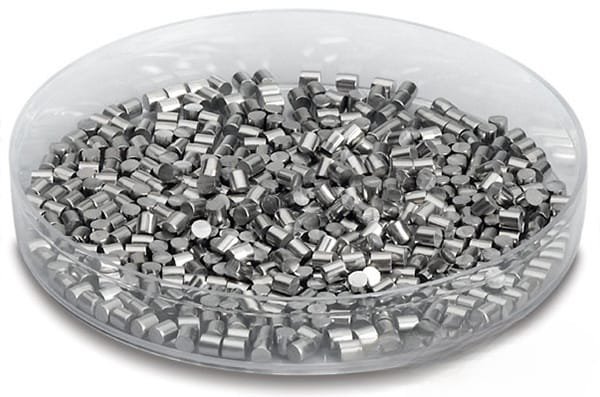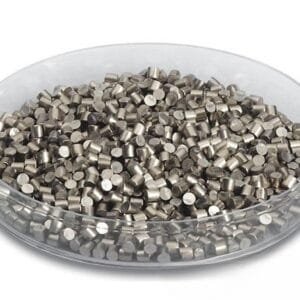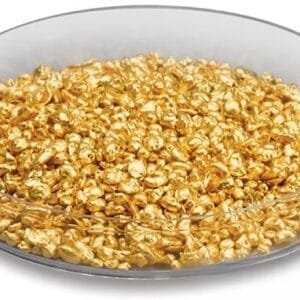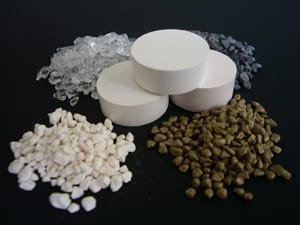Cerium Gadolinium Evaporation Materials
TFM provides high-purity cerium gadolinium evaporation materials, consisting of an alloy of cerium (Ce) and gadolinium (Gd). Our materials achieve up to 99.9995% purity, ensuring the highest quality in deposition processes. These materials are critical for producing high-quality deposited films and are produced under stringent quality assurance processes to guarantee reliability.
Applications
- Deposition Processes: Ideal for semiconductor deposition, chemical vapor deposition (CVD), and physical vapor deposition (PVD).
- Optics: Suitable for wear protection, decorative coatings, and display technologies.
Packaging and Handling
We meticulously handle and package our cerium gadolinium evaporation materials to prevent damage during storage and transportation, preserving their quality and integrity.
Our Offerings
TFM is a leading provider of high-purity cerium gadolinium evaporation materials and a wide range of other evaporation pellets. We offer our materials in various forms, including powder and granules, with customized options available upon request. For current pricing and details on other deposition materials not listed, please contact us with your inquiry.


 MSDS File
MSDS File



Reviews
There are no reviews yet.